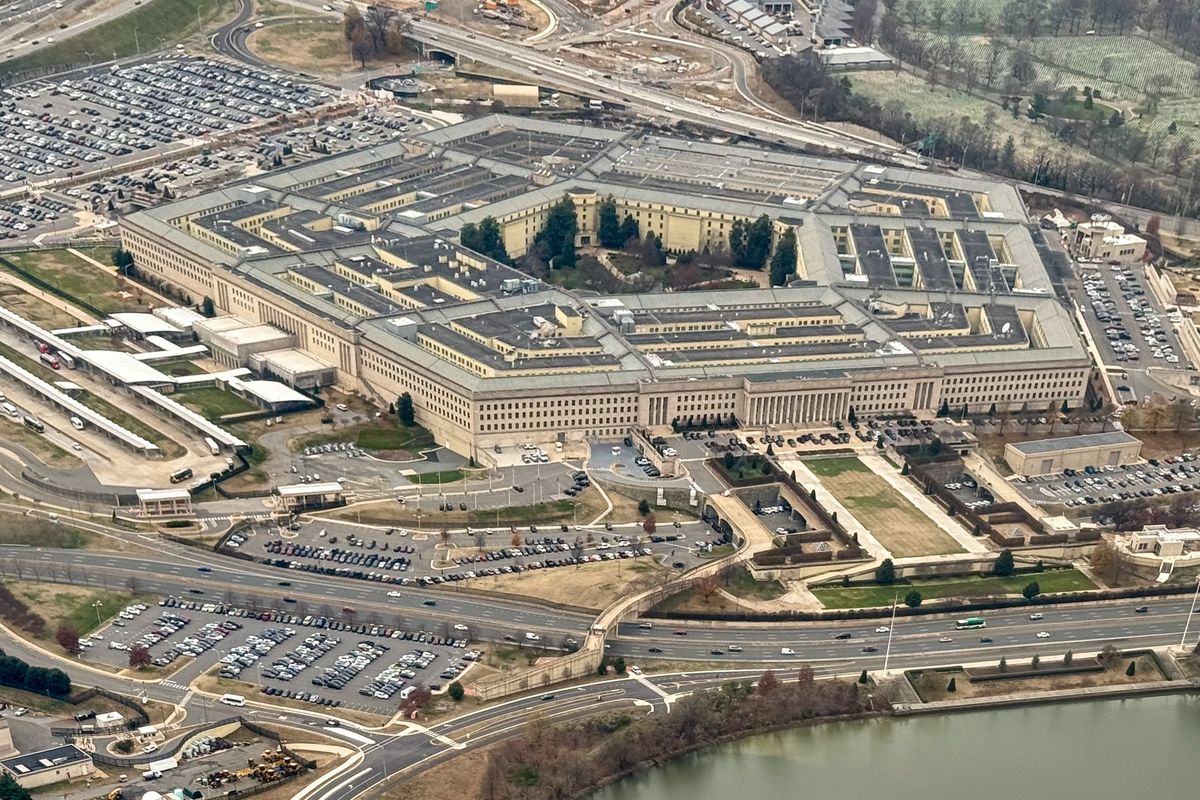OPINION — The explosive growth in publicly available information (PAI) spawned by the revolution in information technology has led a growing number of authoritative thinkers to say the time has come to establish a new agency dedicated solely to the burgeoning craft of open source intelligence (OSINT).
With the world increasingly awash in mystery-illuminating PIA, they argue that the Intelligence Community’s imperative for secrecy, born of necessities of the Cold War, is no longer dominant, and entangling OSINT within government organizations with deep-seated cultures of secrecy prevents it from realizing its full potential and compromises its key advantages of speed and convenience of use. These arguments are serious and compelling. In today’s world, separating OSINT from secret intelligence makes good sense, and doing so would reinvigorate both.
For democracies, OSINT’s coming of age is cause for celebration because of the tremendous competitive advantage it offers free societies in their struggle against the despotic regimes and violent movements that threaten us. Yes, police states also skillfully use many of OSINT’s new tools, but democracies are far better equipped to make best use of them because our less-fettered information flows and dynamic creative populations better wire us to dominate in this domain. Openness is hardly a strong suit of dictatorships.
It's not just for the president anymore. Get your daily National Security Open Source Brief by upgrading to become a Subscriber+Member.
Others have pointed out the numerous challenges that ramping up OSINT efforts would pose, such as verifying the provenance of data, assuring quality control in tradecraft and analysis, and finding the right balance between public and private efforts. It is also important to recognize that even if U.S OSINT efforts are gathered into a new and independent agency, our secret intelligence organizations will need to retain a robust organic OSINT capability because of OSINT’s vital contributions to secret intelligence operations and analysis. But these are all solvable problems that do not justify holding up the progress of the promising OSINT revolution. Going big on OSINT, including liberating it from the secret world, will be a big win for the good guys.
Less discussed in the OSINT debate has been the inverse but equally important benefit that such a separation would bring to our secret intelligence organizations, particularly the CIA. At the end of the Cold War, with all its talk of the “peace dividend” and the “end of history,” to retain its relevance the CIA broadened the scope of its work to spend more time and attention on areas of policymaker interest, such as trade, social and political movements, and “planetary dynamics” like global warming and pandemics, that, while important, were less clearly applicable to the secret sources and methods traditionally practiced by intelligence services. Within CIA, this mission creep contributed to a gradual dilution of the specialized mindset and organizational culture needed for the effective conduct of secret intelligence work, negatively affecting clarity of purpose and esprit de corps among the CIA cadre. Detaching the OSINT mission from CIA could thus serve as a catalyst for the Agency’s rededication to its secret intelligence mission, focusing on human espionage, secret technical and cyber collection, covert action, secret intelligence analysis, and, increasingly, complex blends of them all.
It has been argued that although U.S. spy agencies work with secrets, they are not in the secrets business. I could not disagree more. The CIA is most assuredly in the secrets business, and it must make this unambiguously and unapologetically clear. OSINT advocates speak of the need to “destigmatize” OSINT, but to some degree the same is true of secret intelligence work. Despite the dizzying changes in the information environment, we are decidedly not entering a “post-secrets” era. Secrets remain vitally important for us to both steal and to keep.
There are many difficult and consequential mysteries that skilled OSINT practitioners are favorably positioned to solve and publicize, but the CIA and other practitioners of the secret intelligence crafts remain the collectors of last resort for revealing those things our adversaries try most desperately to conceal. What is the PRC’s battle plan for invading Taiwan? Is there a timeline for doing so? What are the offensive biological warfare capabilities of Russia and China? Have they used CRISPR gene editing tools to create and weaponize novel pathogens? Does Vladimir Putin have a threshold for using nuclear weapons in the Ukraine conflict? How many nuclear weapons does North Korea have, and what is their doctrine for using them? What are Iran’s plans for developing a nuclear weapon? What human and technical intelligence penetrations do China and Russia have in the United States? What are Russia and China’s contingency plans for attacking U.S. and allied critical infrastructure? These are not mysteries to be solved, but secrets to be stolen, and doing so is the sine qua non of secret intelligence services like the CIA.
Today’s constant barrage of information makes it easy for countries to wage disinformation campaigns and your emotions are the weapon of choice. Learn how disinformation works and how we can fight it in this short video. This is one link you can feel good about sharing.
In the last decade OSINT has grown from being an afterthought in the IC into an essential intelligence player capable of promptly answering many, perhaps even most of the pressing questions asked by policymakers and the general public alike. The craft deserves its own seat at the table as a valuable and decidedly non-secret member of our Intelligence Community. With such a change, secret intelligence services like the CIA can then narrow their focus back to cracking the smaller but no less critical subset of our intelligence problems and on cultivating the complex, disciplined tradecraft and organizational culture needed to effectively practice these highly specialized arts. In short, a separation of OSINT from secret intelligence world would be a win for both.
The Cipher Brief is committed to publishing a range of perspectives on national security issues submitted by deeply experienced national security professionals.
Opinions expressed are those of the author and do not represent the views or opinions of The Cipher Brief.
Have a perspective to share based on your experience in the national security field? Send it to Editor@thecipherbrief.com for publication consideration.
Read more expert-driven national security insights, perspective and analysis in The Cipher Brief














